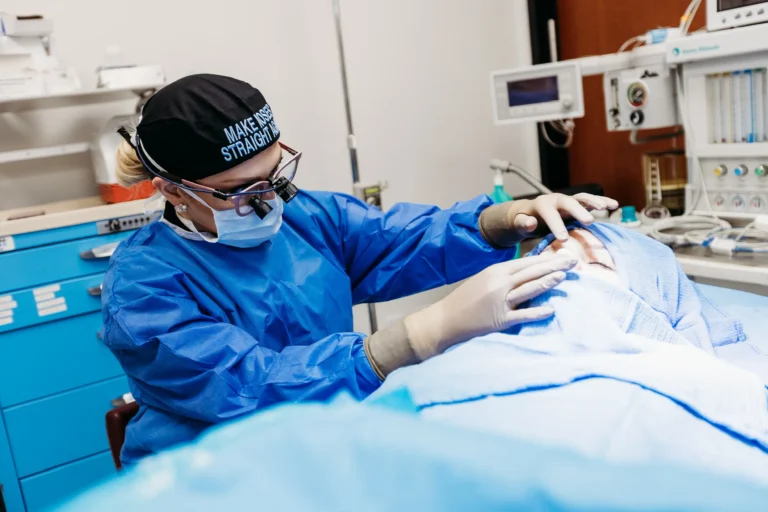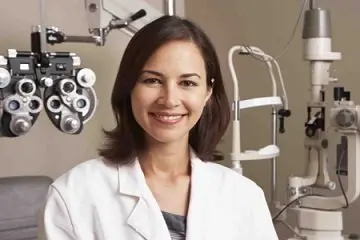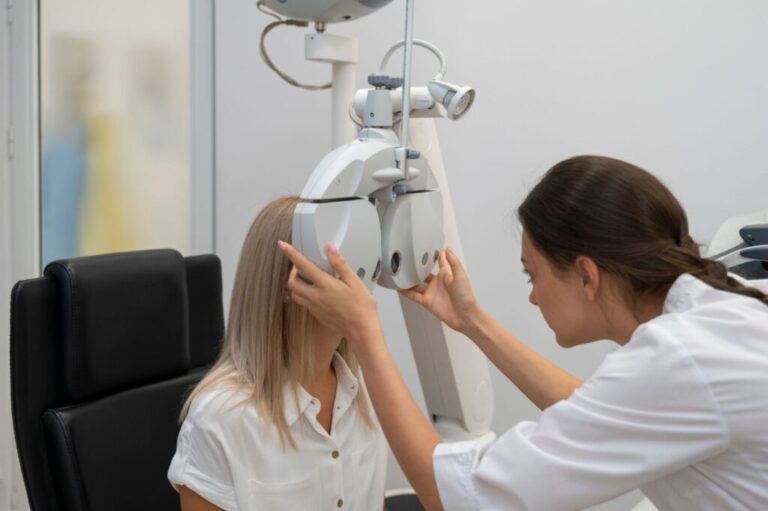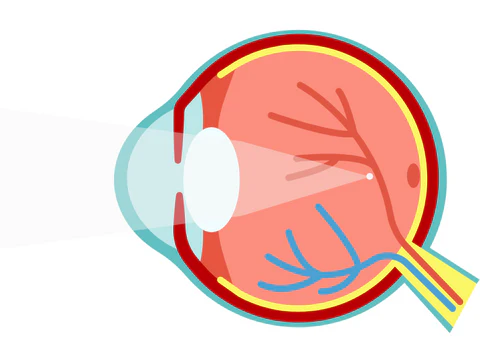The Process of Getting Contact Lenses
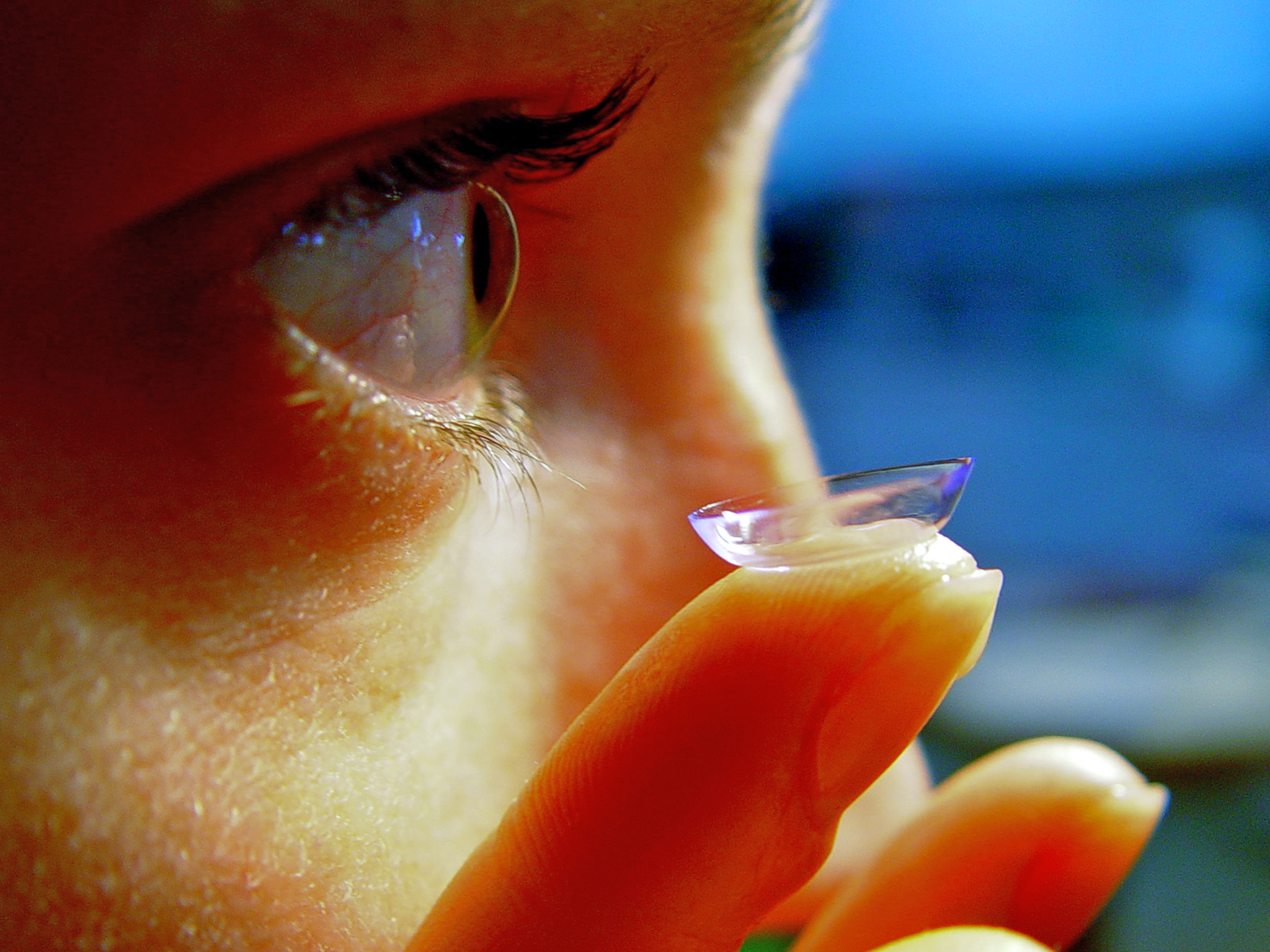
Contact lenses are thin, curved lenses placed directly on the surface of the eye to improve vision. They are a popular alternative to eyeglasses, offering convenience and aesthetic appeal. Contact lenses can correct various vision problems such as nearsightedness, farsightedness, and astigmatism. Here’s information on getting contacts:
When Do You Need Contacts?
The need for contact lenses depends on your vision requirements and lifestyle. For people with an active lifestyle, contacts can provide the freedom to participate in sports and outdoor activities with minimal interference. Contacts also offer a range of cosmetic options, like colored lenses. You may want to explore contacts if you experience difficulty focusing on near or distant objects, struggle with clarity, or are looking for an alternative to glasses. An optometrist will evaluate your vision to determine if corrective lenses are a suitable choice for your eyes.
How Do You Put Contacts In?
Properly inserting contact lenses requires clean hands, the right technique, and a little practice. Though the process might initially feel intimidating, most individuals become proficient with routine use. Always wash and dry your hands before handling contacts to minimize the risk of introducing dirt or bacteria to your eyes. Use a mild, fragrance-free soap and make sure your hands are completely dry to avoid contamination.
Check the Contact Lens
Next, inspect the lenses to confirm they are clean and intact. Hold a lens on the tip of your finger and check for any damage, like tears or scratches. Examine its shape to determine if the contact is positioned correctly. A proper lens will have a smooth, bowl-like appearance, with the edges turning slightly inward.
Insert the Lens
To place the contact lens, start by using your non-dominant hand to gently hold your eyelids open. With the lens on the tip of your dominant hand’s index finger, align it with the center of your eye. Slowly bring the lens close, and once the edge touches your eye, allow it to naturally adhere to the surface. Blink a few times to check it settles properly.
Repeat the process with the other eye. If you struggle with positioning, try looking upward while placing the lens or using a mirror for precision. Patience and practice are key to mastering the technique.
How Do You Care for Contacts?
Caring for contacts is fundamental to maintaining eye health and prolonging the lifespan of the lenses. Proper cleaning and storage routines help prevent infection, irritation, and damage. Daily use contacts are disposed of after each use, eliminating the need for cleaning, but reusable lenses require consistent care.
After removing your contacts, rinse them with a recommended lens solution, not tap water, as it can contain harmful microorganisms. Gently rub them between your fingers to remove deposits, and store them in a clean case filled with fresh lens solution. Contact cases are commonly provided when ordering new lenses.
Always use a disinfecting contact lens solution approved by your optometrist. Make sure your lens storage case is also cleaned regularly. Proper storage habits prevent dirt buildup and maintain the sterility of your lenses.
Try Contact Lenses Today
Contact lenses offer an efficient and low-profile alternative to glasses for correcting vision. While getting started may involve a learning curve, becoming familiar with the process of wearing, cleaning, and storing contacts makes it a seamless addition to daily life. Consult an eye care professional to determine which type of lenses align best with your needs. Schedule a contact lens eye exam today.
- What to Expect When Visiting a Foot and Ankle Specialist
- Causes of PTSD
- The Link Between Plantar Fasciitis and Weight Gain: What You Need to Know
- How Pet Ownership Can Positively Impact Life with Fibromyalgia
- The Importance of Stretching and Flexibility in Sports Medicine
Dr. Emma Green is a health and wellness expert with over 10 years of experience in nutrition and fitness. Passionate about helping others live their healthiest lives, Dr. Green shares practical advice on wellness, nutrition, and sustainable living through LivingSpristine.


